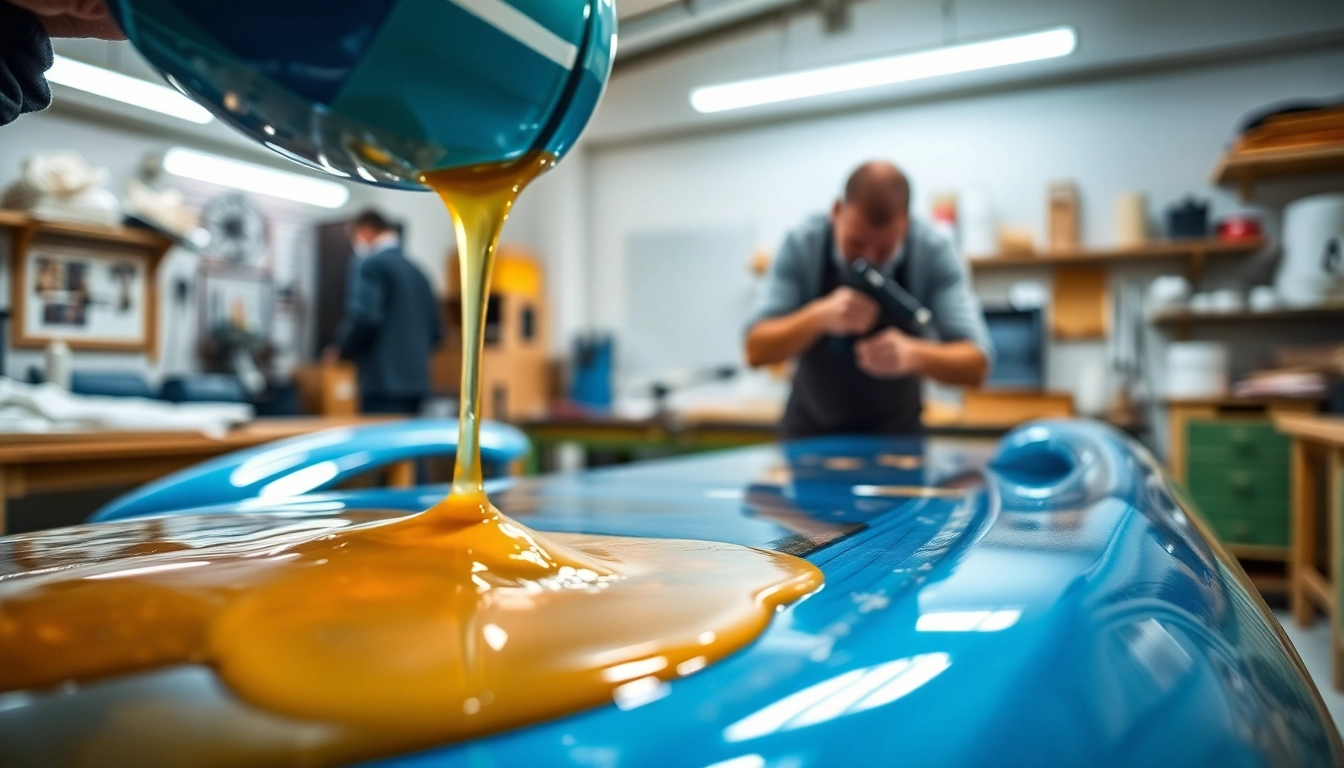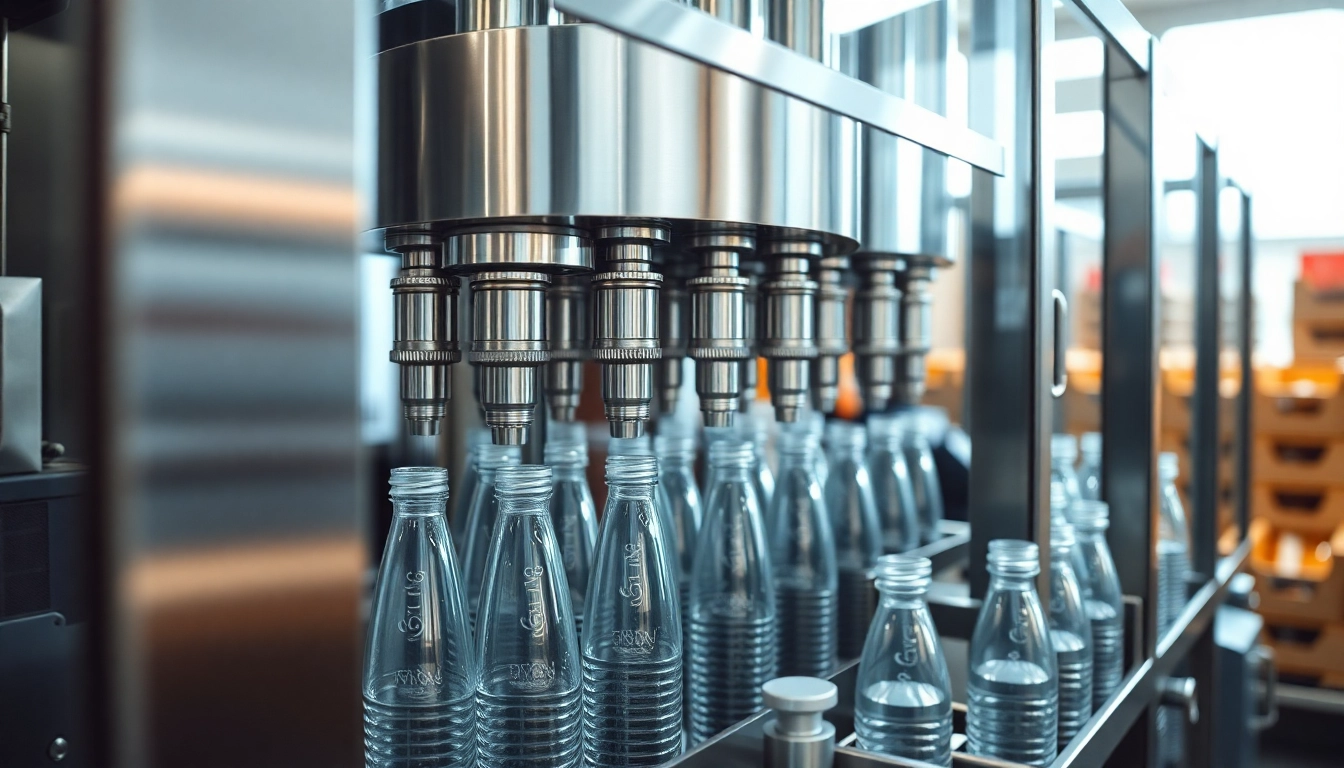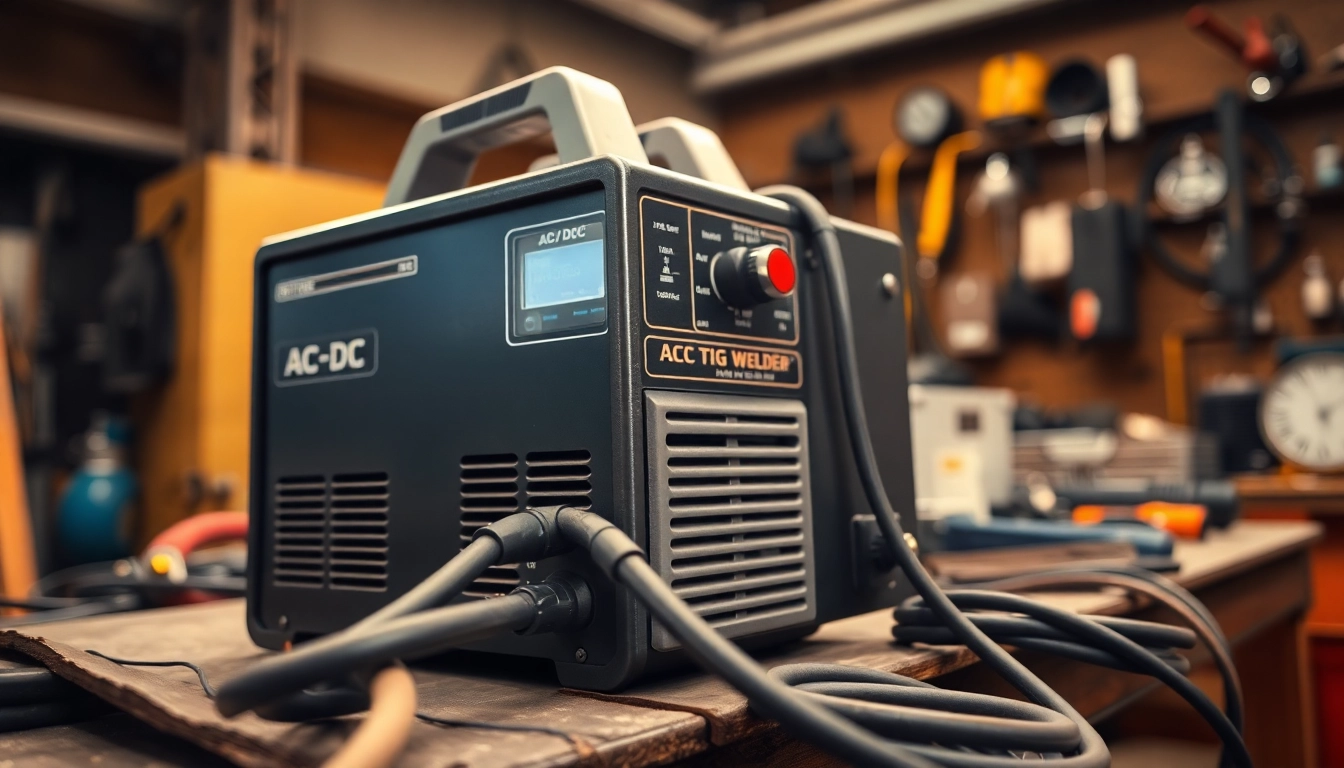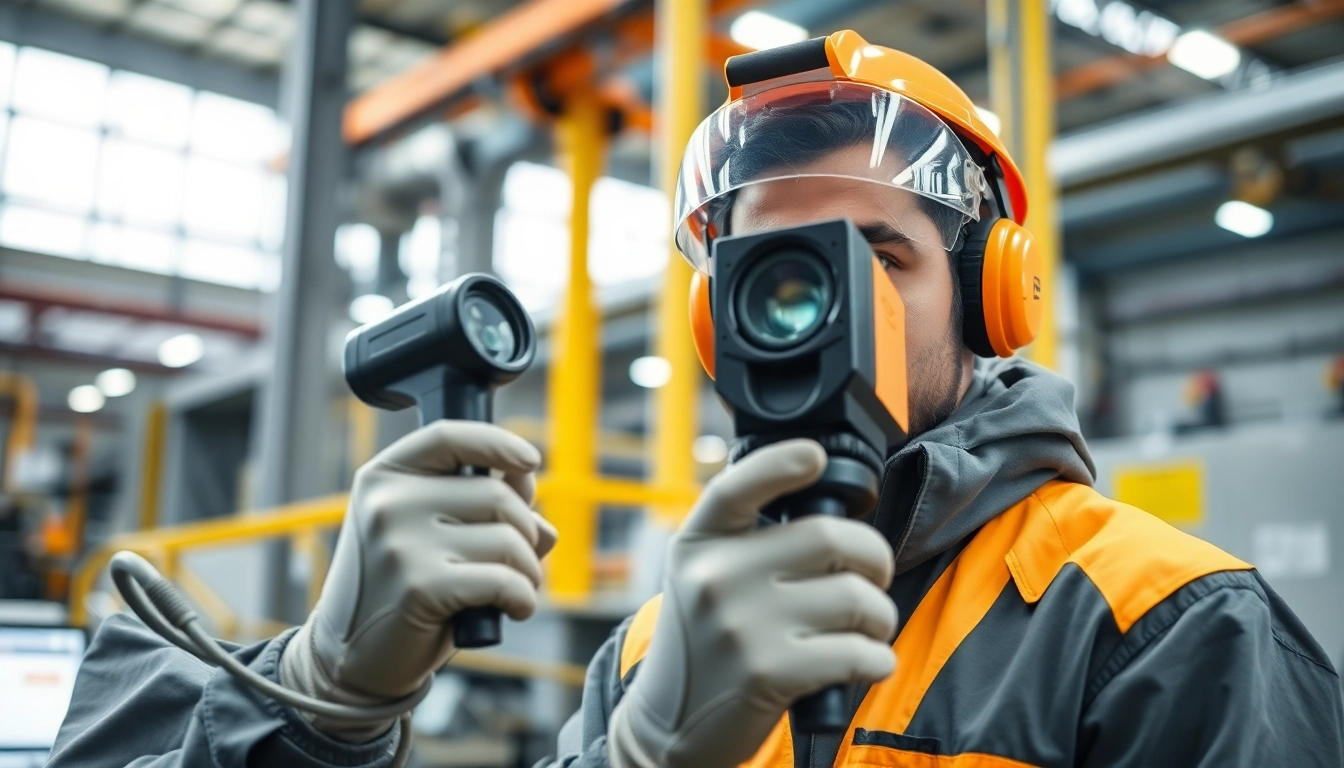What is Laminating Resin?
Definition and Types of Laminating Resin
Laminating resin is a critical component in composite manufacturing, primarily used in industries such as marine, automotive, construction, and aerospace. It serves as the binding agent for fibrous materials like fiberglass or carbon fiber, creating a strong, durable composite structure. The two primary types of laminating resin are polyester and epoxy, each with unique characteristics and applications.
Polyester laminating resin is known for its affordability and ease of use. It cures quickly and is ideal for applications requiring a high production rate. Epoxy laminating resin, on the other hand, offers superior adhesion and chemical resistance, making it suitable for high-performance applications where strength and durability are paramount. Laminating resin can also be categorized based on curing mechanisms, such as thermosetting and thermoplastic, which affect their usability in production processes.
Key Components and Properties
The formulation of laminating resin typically includes a resin base, hardener or catalyst, and various additives to enhance performance. The base material is crucial, as it defines the resin’s mechanical properties. Additives may include fillers, accelerators, and reinforcements tailored for specific applications.
One of the key properties of laminating resin is its viscosity, which influences how well it wets out fibers during application. Low-viscosity resins are generally preferred for their ability to penetrate reinforcement fabrics effectively. Other critical properties include curing time, flexibility, thermal stability, UV resistance, and the ability to bond with different substrates. An understanding of these properties is essential for selecting the right type of laminating resin for your project.
Common Uses in Various Industries
Laminating resin finds extensive use across various industries due to its versatile nature. In the marine industry, it is commonly used to construct and repair boats and yachts, providing a strong and waterproof structure. In the automotive sector, laminating resin is utilized for making lightweight components, contributing to fuel efficiency without compromising safety.
In construction, laminating resin is used in prefabricated components, such as beams and panels, enabling complex shapes and designs that are both durable and aesthetic. Additionally, in aerospace, laminating resin enables the manufacture of high-strength fuselage and wing components that withstand demanding conditions. These examples illustrate laminating resin’s adaptability and importance in composite material applications.
Benefits of Using Laminating Resin
Strength and Durability Advantages
One of the most significant benefits of laminating resin is its ability to enhance the strength and durability of composite materials. When cured, laminating resin forms a rigid structure that resists impact, pressure, and environmental degradation. This characteristic is particularly essential in applications subject to heavy stress or exposure to harsh conditions, such as marine and automotive components.
The bond created between the resin and reinforcing fibers results in a composite material that can outperform traditional materials like wood or metal in terms of strength-to-weight ratio. This synergy between resin and fibers enables manufacturers to create products that are both lighter and remarkably strong, yielding increased efficiency and performance.
Cost-Effectiveness and Versatility
Laminating resin also offers significant cost advantages, particularly when mass-produced. The speed of curing and ease of application facilitate rapid manufacturing processes, thereby reducing labor costs and time. Additionally, the ability to tailor resin formulations to meet specific application demands allows businesses to optimize their material usage without sacrificing quality.
Moreover, the versatility of laminating resin makes it suitable for various applications. It can be used for molding, coating, and structural reinforcement. This adaptability provides manufacturers with the flexibility to innovate and create diverse products across multiple sectors.
Resistance to Environmental Factors
Laminating resin exhibits excellent resistance to various environmental factors, including moisture, heat, and UV radiation. This attribute is particularly advantageous in outdoor applications such as boat construction, where exposure to water and sunlight can significantly degrade material performance over time.
The chemical stability of laminating resin ensures that it maintains its mechanical properties even under extreme conditions. This characteristic is essential for ensuring the longevity and safety of products made with laminating resin, contributing to reduced maintenance costs and increased product lifespan.
How to Properly Use Laminating Resin
Preparation Steps Before Application
Before applying laminating resin, proper preparation is crucial to achieving optimal results. First, ensure the workspace is clean and dry, as moisture and contaminants can adversely affect adhesion. Secondly, gather all necessary tools and materials, including the resin, hardeners, mixing containers, and applicators.
Next, prepare the surfaces that will be bonded. This may involve sanding or grinding materials to create a rough texture, improving the mechanical bond between the resin and the substrates. Additionally, ensure that the right safety gear, such as gloves and masks, is worn to protect against harmful fumes and skin contact with the resin.
Application Techniques for Optimal Results
Applying laminating resin can be done using various techniques depending on the project’s scale and complexity. Hand lay-up is a common method where fiberglass or other reinforcements are manually placed into a mold, followed by applying resin with tools such as brushes, rollers, or spray guns. This technique allows for detailed work on intricate shapes.
For larger applications, vacuum infusion is another method that optimizes resin distribution and minimizes air entrapment. In this process, a vacuum is used to draw the laminating resin into the mold, ensuring even coverage and reducing the risk of defects such as air bubbles. Whichever technique is employed, careful monitoring of the resin’s working time is essential to begin the curing process effectively.
Important Safety Precautions
Working with laminating resin requires adherence to specific safety precautions to mitigate health risks. Adequate ventilation is pivotal during application to disperse harmful fumes. If working indoors, ensuring proper exhaust fan usage or working outdoors can help reduce inhalation risk.
Always refer to the material safety data sheet (MSDS) for the specific resin being used. This document provides critical information regarding hazards, recommended personal protective equipment (PPE), and first aid measures. Wearing gloves, goggles, and appropriate clothing is essential to prevent skin and eye contact with the resin.
Common Challenges with Laminating Resin
Pits and Air Bubbles: Causes and Solutions
One common challenge when working with laminating resin is the formation of pits and air bubbles in the finished surface. These defects can arise from improper mixing, too much air introduced during application, or insufficient wet-out of the fiber layers. To mitigate this, ensuring the resin is mixed thoroughly and applying it at a temperature that facilitates proper curing can help.
Utilizing vibration or rolling techniques during application can help displace trapped air. In cases where bubbles do arise, the effective solution involves careful sanding or grinding once fully cured, followed by reapplication of a resin layer to restore surface integrity.
Dealing with Cure Times and Conditions
Cure time is another challenge associated with laminating resin. Factors such as temperature and humidity can significantly influence how quickly the resin sets. It’s essential to adhere to the recommended guidelines provided by the resin manufacturer regarding curing conditions.
To manage long cure times, consider modifying the formulation by using faster hardeners or warming the resin slightly before mixing. However, it’s vital to ensure that these alterations do not compromise the resin’s performance quality.
Understanding Shelf Life and Storage
Understanding the shelf life of laminating resin is crucial for maintaining product efficacy. Over time, resins can degrade, leading to poor performance, which is often caused by improper storage conditions. Laminating resin should be stored in a cool, dry place, away from direct sunlight and temperature fluctuations.
Always check the expiration date before using any resin, and maintain an organized inventory of your materials. Implementing a first-in, first-out (FIFO) system can help manage older resins effectively and ensure that the freshest materials are utilized in applications.
Comparing Laminating Resin with Other Resin Types
Laminating Resin vs. Epoxy Resin
One significant comparison in the realm of resins is between laminating and epoxy resins. While both types serve the purpose of bonding materials together, epoxy resin generally provides superior performance in terms of adhesion, flexibility, and chemical resistance. Epoxy’s ability to create a strong interface with a broader array of substrates makes it a preferred choice in scenarios where thermal and chemical exposure is prevalent.
Laminating resins, particularly polyester types, excel in ease of use and speed of application, making them suitable for high-volume production where cost-effectiveness is critical. The choice between these resin types often depends on the specific requirements of the application, including the desired performance characteristics and economic considerations.
Polyester Laminating Resin vs. Vinylester Laminating Resin
When comparing polyester laminating resin to vinylester laminating resin, the latter is known for its enhanced performance, particularly in blister resistance and structural integrity. Vinylester resin serves as a middle ground between the affordability of polyester and the high performance of epoxy. It cures to create a seamless, robust laminate ideal for wet conditions, which is vital in marine applications.
However, the trade-off often comes with increased cost, so the selection between polyester and vinylester must be based on balancing performance needs and budget constraints.
Applications Where Each Resin Excels
Diverse applications determine the preferred type of resin. Polyester laminating resin is ideal for general composite applications, including boats and low-cost molds. In contrast, epoxy is favored for precision engineering in the aerospace sector, where the need for strong, lightweight components is paramount.
Vinylester laminating resin is best suited for applications requiring resistance to corrosive environments, such as chemical storage tanks or certain marine applications. The choice among these resin types ultimately hinges on the intended use, environmental conditions, and performance criteria required for the project.



